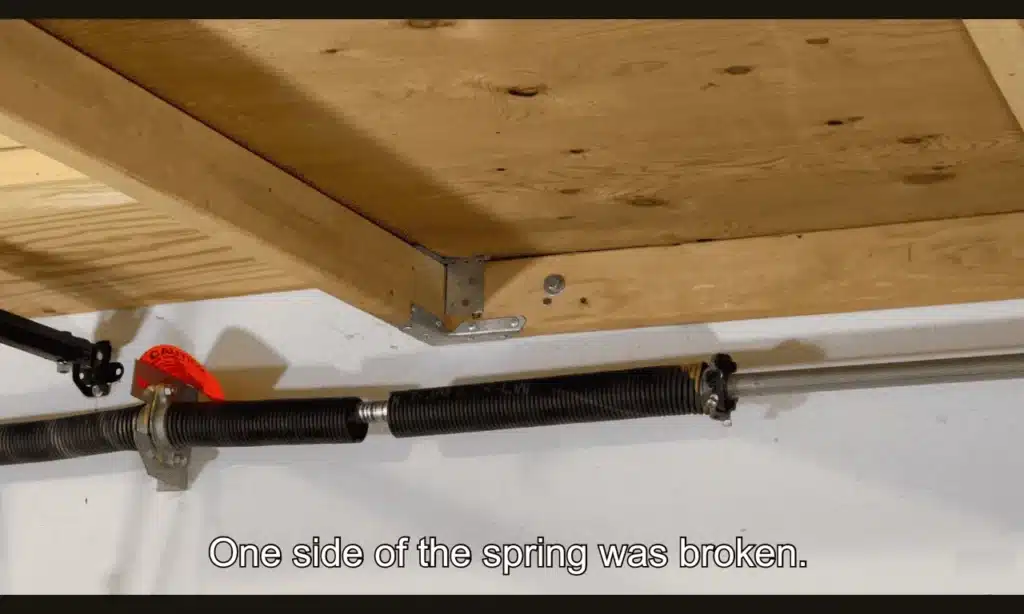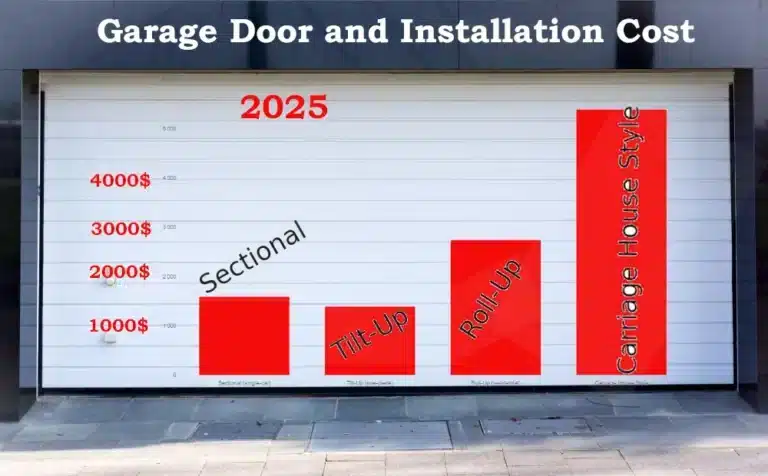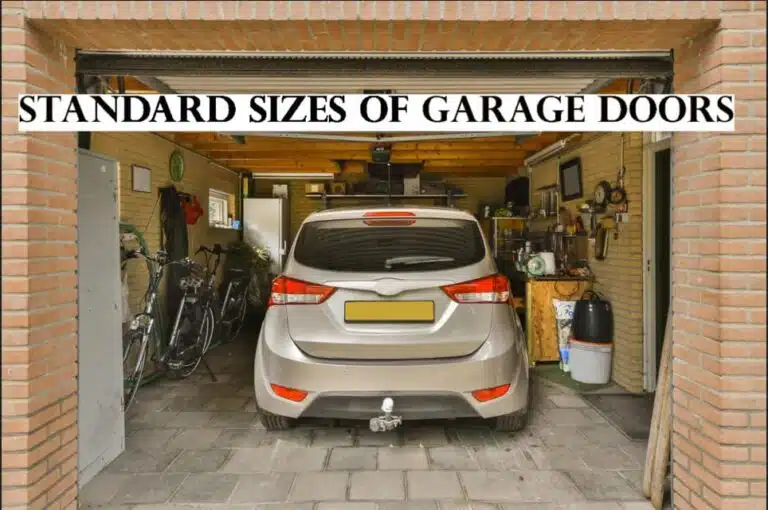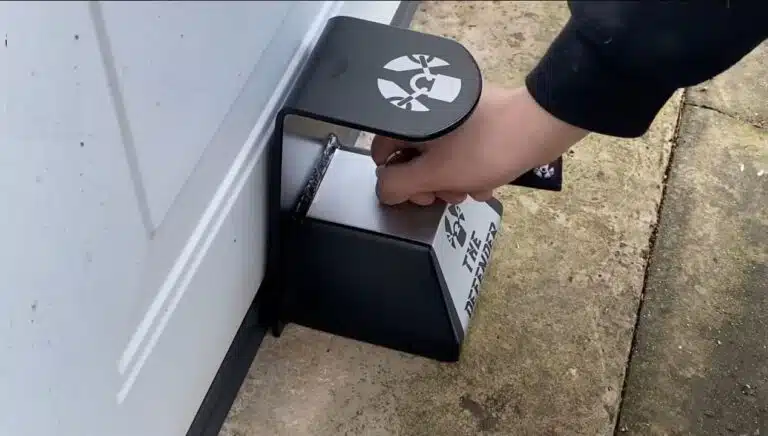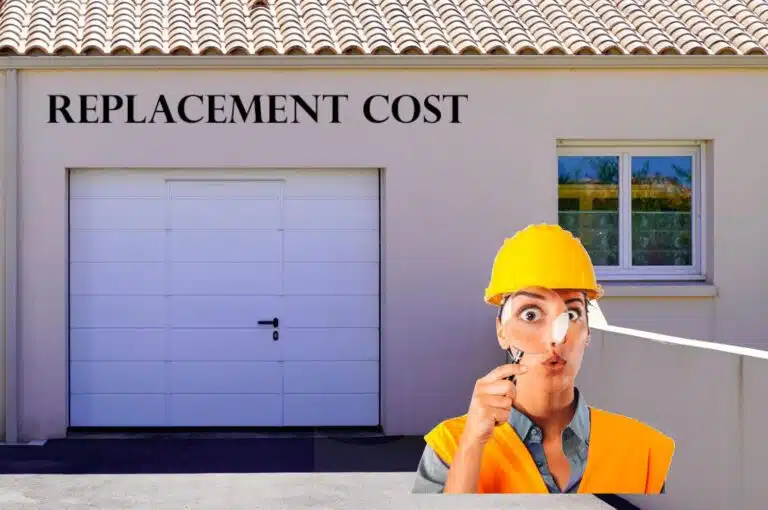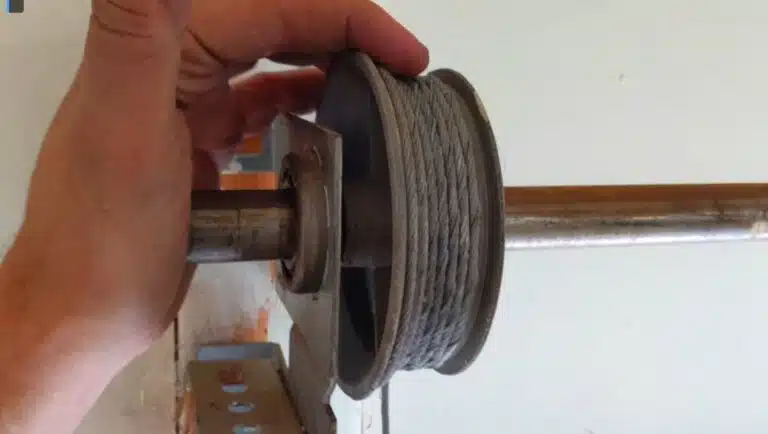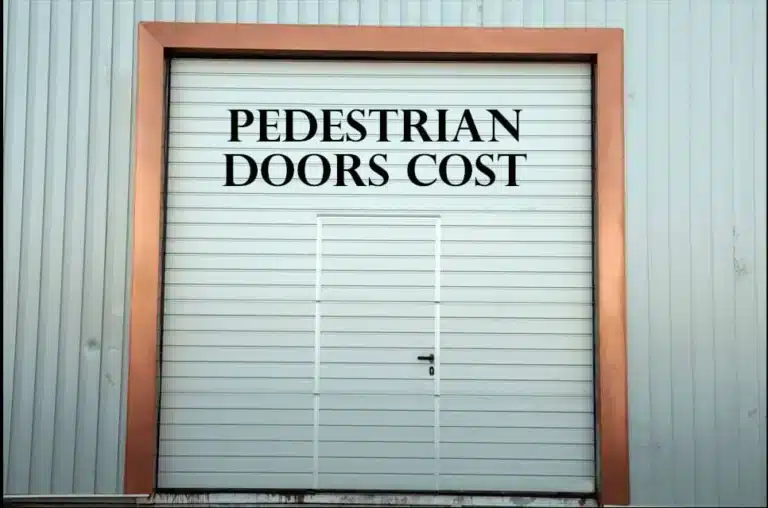replace a broken garage door spring will help your garage door to be safe and to run smoothly. A broken spring limits the functionality of the door, making opening and closing challenging and increases safety concerns. Bearing the weight of the door depends on garage door springs, hence ignoring this repair might cause more damage or expensive repairs down-stream. This tutorial will look at the usual expenses to repair a broken garage door spring, elements affecting these costs, indicators your spring needs replacement, and advice on how to cut costs.
garage door repair spring replacement cost
Generally speaking, replacing a broken garage door spring costs about $250. The pricing range is different, though; if you do a do-it-yourself repair, the lowest cost is $10; the maximum cost comes from paying a professional to replace springs on a double garage door and finish any other repairs.The overall cost depends on the kind of spring, the labor expenses, and whether additional parts have to be changed.
- Torsion Springs: Usually, changing torsion springs falls between $200 and $350.
- Extension Springs: These springs cost less, averaging between $150 and $200.
While do-it-yourself repairs can temporarily save money, professional replacement is usually the safer solution.
Garage Door Spring Cost Breakdown
The cost of replacing a garage door spring can be broken down into several components:
a. Labor Costs
Professional garage door spring replacement costs $65–$85 per hour. Spring replacements usually take one hour, although cable replacement and door alignment adjustments may take longer.
b. Cost of the Springs
- Torsion Springs: Between $30 and $250 (in Amazon), are more expensive than extension springs based on weight and size of your garage door.
- Extension Springs: More reasonably priced, ranging from $10 to $60 (amazon price) , Extension Springs are
c. Removal of Old Springs
While some garage door repair businesses charge extra for disposal of the old parts, others include the expense of removing old springs overall. Your overall bill could be $50 to $100 added by this.
d. Additional Parts and Services
Sometimes repairing a spring turns up other problems with your garage door system. Should the cables, pulleys, or tracks be broken, for instance, they will also have to be replaced, adding perhaps $50 to $200 to the total cost.
Extension Springs vs. Torsion Springs
There are two types of springs commonly used in garage door systems:
a. Torsion Springs
Mounted horizontal above the door, torsion springs twist as the door opens and closes. Often spanning 15 years or 20,000 cycles, they are more robust than extension springs. Still, they are more costly; a set runs from $75 to $250.
b. Extension Springs
Mounted perpendicular to the door, extension springs stretch and contract as the door moves. Though their prices range from $10 to $60 for a pair, they are less costly; yet, their lifespan is usually between 7 to 10 years. Furthermore seen as less safe are extension springs since they can suddenly break.
Torsion springs’ longer lifetime and enhanced safety features make them usually the superior investment when choosing between the two.
Extra Costs and Services Involved in Garage Door Spring Replacement
a. Garage Door Opener Replacement
Should your garage door opener be old or broken, it may be advisable repairing it concurrently with your springs. Including labor, the cost to install a new opener is from $220 to $550.
b. Garage Door Cable Replacement
Although replacing damaged cables usually runs between $10 and $25, if your spring breaks this could be a required fix.
c. Garage Door Tune-Ups
By routinely maintaining your garage door system, you may help your springs last longer and avoid spring failure. Usually costing between $50 and $125, a tune-up consists in door balance, lubrication, and door adjustment.
Factors That Affect Garage Door Spring Replacement Costs
a. Type of Spring
Torsion springs have already been noted to cost more than extension springs but last more. The type of springs your garage door uses will determine the pricing most importantly.
b. Garage Door Size and Weight
Bigger and heavier doors call for stronger hinges, which could raise the cost of manufacture. Like garage doors for two automobiles require better springs than those for one car. The work and components will therefore cost extra.
c. Geographic Location
Different places have different labor rates. Labor costs are likely to be higher in places with higher costs of living, which will make the total cost of replacing your springs go up.
d. Additional Repairs
Should other parts of the garage door system—such as pulleys, rollers, or cables—need replacement or repair, this will increase the job’s cost.
Signs That Your Garage Door Spring Needs Replacement
Before your garage door breaks totally, you should be aware of the indicators suggesting replacement of the spring. These are some usual warning signs:
- The door is difficult to lift manually. Your garage door looks particularly heavy or won’t stay open for a defective spring.
- The door slams shut quickly. A spring that is in good condition should let the door move without problems. Should it drop quickly, the spring may suffer damage.
- Visible gaps in the spring. Especially torsion springs will reveal gaps when they break.
- Unusual noises. Operating your garage door may produce loud popping or slamming noises that point to a broken spring.
DIY Garage Door Spring Replacement vs. Hiring a Professional
DIY garage door spring replacement is not advised even if it would seem like a cost-cutting measure unless you have experience with garage door repairs. Highly tensioned garage door springs mean that mishandling could cause significant harm.
- DIY Cost: Changing a spring yourself might run you back as little as $10 to $250 depending on the kind of spring and whether you need other tools.
- Professional Cost: Although their prices go from $150 to $500, hiring a professional ensures the task is done securely and correctly. Professionals have the tools and skills needed to install the springs without compromising the door or opener.
How to Extend the Life of Your Garage Door Springs
Ensuring the perfect performance and lifetime of your garage door depends mostly on preventing garage door spring problems. Frequent lubrication with a spray based on silicone helps reduce spring wear and friction. Another crucial aspect is keeping the door balanced; an uneven door strains the springs excessively and could cause early failure. Simply lifting the door halfway will help you to find balance; if it stays in place, it is balanced. Should the door swing, This adjustment should be handled by a professional to ensure safety and proper spring alignment.
Since rust is a common enemy of springs, keep them dry and use a rust-inhibiting spray. Routine checks are also quite important; watch for wear indicators including coil gaps or odd operating noise. Reducing needless door use will enable the springs to relax lessening stress. Above all, steer clear of trying any do-it-yourself repairs or “adjustments”; springs are under great tension and can be deadly. By installing safety cables, one provides an additional degree of protection to guarantee that damaged springs do not cause injury. Always trust a competent technician to ensure the springs are operating safely and correctly should changes be required.
Typically asked questions (FAQs)
What are the signs that my garage door spring needs replacement?
Among the indicators include unequal door movement, loud noises, failing to remain open, or difficulty rising manually. If you detect rust or holes in the spring, it’s time for a replacement.
Is it safe to replace garage door springs on my own?
Given the great stress garage door springs contain, replacing them can be dangerous. Hiring a specialist for safety concerns is really advised.
Can I just replace one spring, or should both be replaced?
Should your garage door have two springs, it is usually advised to replace them at once. Should one spring fail, the other is probably just about breaking as well.
How long does it take to replace garage door springs?
Based on system complexity, a professional can usually change a garage door spring in 30 to 60 minutes. (video)

